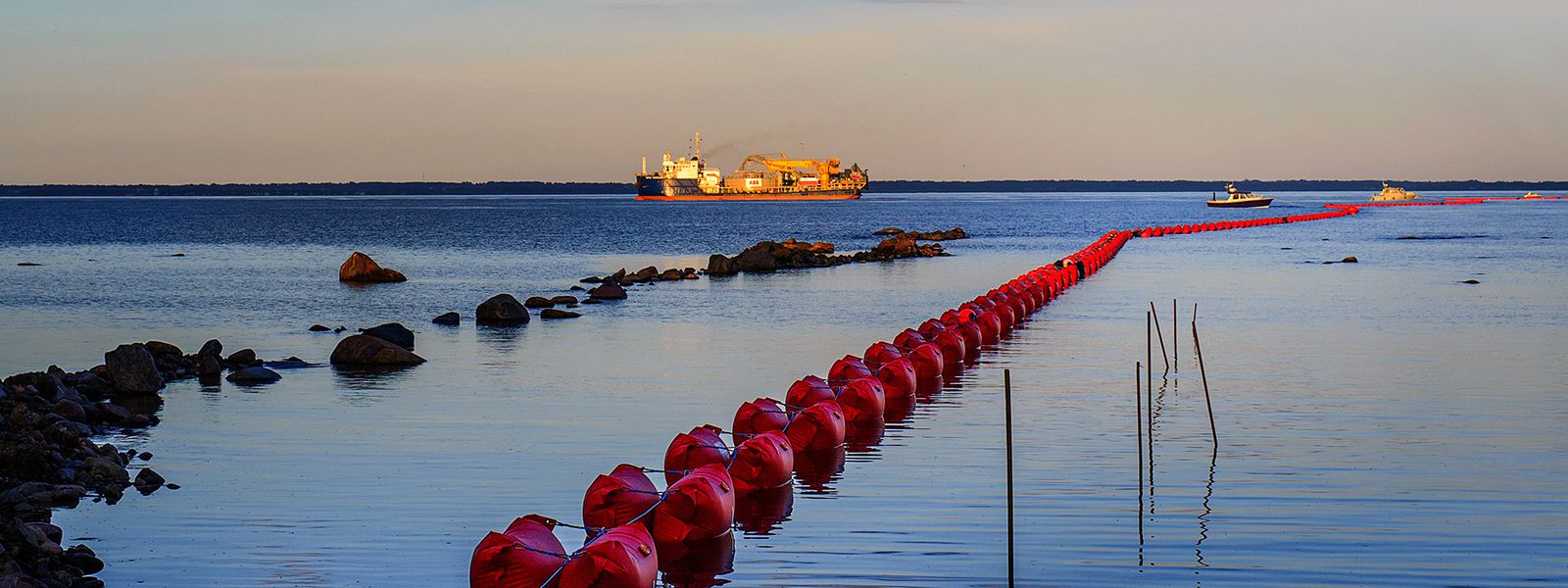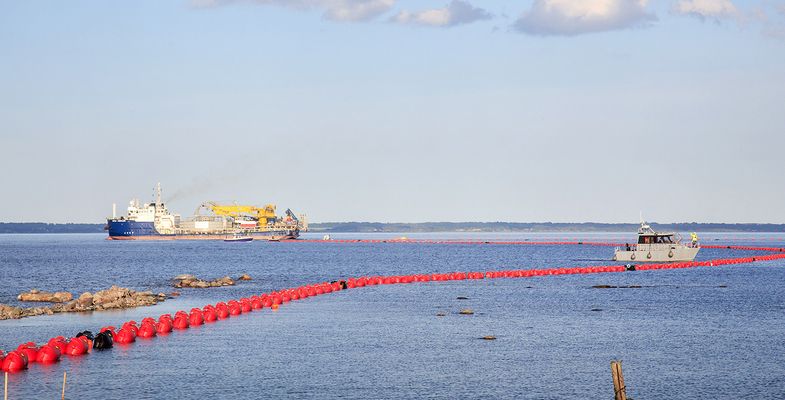
NordBalt, The Baltic Sea
NordBalt is a joint project of the Swedish and Lithuanian TSOs (transmission system operators) Svenska kraftnät and Litgrid AB. It is part of Lithuania’s long-term strategy to secure its energy independence by interconnecting the power grids of the Baltic countries with other grids.
- References
- NordBalt, The Baltic Sea
Key Facts
Scope
The project
The NordBalt HVDC link interconnects the power grids of Lithuania, Latvia and Estonia with those of the Nordic countries.
The solution
We provided a HVDC cable interconnection for the transfer of power in either direction between the two power grids on each side of the Baltic Sea.
Loading...




